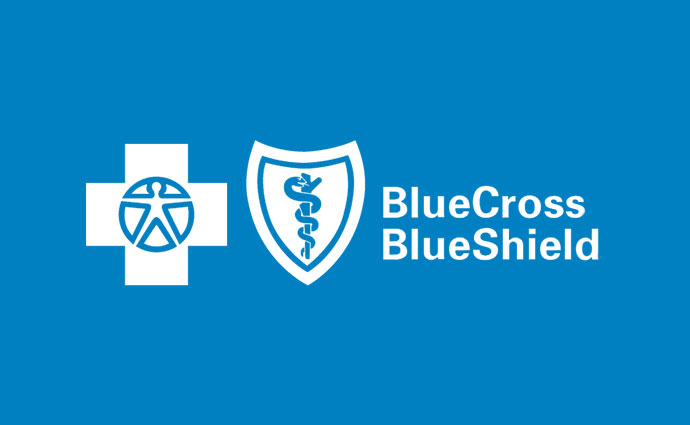BlueCross BlueShield Strikes Deal to Improve Health Data Exchange
A division of the Blue in western New York has signed on with a regional health information exchange to improve information sharing in the community.

Source: Thinkstock
- In an agreement that will support physicians and upgrade health outcomes for its members, BlueCross BlueShield of Western New York has announced a partnership with HEALTHeLINK. It will enable local participating physicians to access specific claims data through the organization’s transparent and secure data exchange platform.
By doing so, it will allow local physicians to reinforce care coordination, pinpoint and close gaps in care and focus on preventive care. Starting next year, doctors will be able to access the consented data through a secure digital platform.
“The spirit of collaboration in which we were formed continues as we explore the next steps in leveraging HEALTHeLINK to support the health of our community,” said HEALTHeLINK Executive Director Daniel Porreca. “Combining clinical and claims data from across the community gives treating providers a more complete picture of their patient’s health using input from all care settings. Bringing in the first stream of claims from BlueCross BlueShield represents a significant step to enhancing our ability to support the community for quality of care reporting.”
“By sharing data in this capacity, we can strengthen physicians’ ability to provide well-coordinated, high-quality care to our members,” said add the health plan’s Thomas Schenk, MD, Senior Vice President and Chief Medical Officer. “We are proud to be the first health plan in the region to take this step and believe it’s reflective of our commitment to the overall health of our members and community.”
“The more transparency that we can have between payers and providers, the more effective we can be in making a long-term impact on the overall health of Western New Yorkers,” Schenk added.
READ MORE: PwC: Digital Experiences, High Costs Will Challenge Payers in 2019
Generally, HIE sustainability and the future of such networks depend on their ability to create a useful and meaningful user value proposition for healthcare providers and payers. In turn, this value proposition depends on the needs of a provider community and its payers. It must see the HIE as a helpful tool that at exceptional costs supports the delivery of high-quality healthcare.
Providers aren’t yet benefiting financially, and without proven worth or certain return, the shift to payer investment in private HIEs was inevitable with the emergence of value-based care.
A study in the Journal of the American Medical Informatics Association found a large gap between payers’ vision of what optimal HIE should be and the current approach to HIE in the US. Payers, in particular, were interested in participating more actively in HIE efforts — both providing claims data and accessing clinical data to support payer HIE use cases. Instead, payers were often asked by HIE efforts only to provide financial support without the option to participate in data exchange. Or, when given the option, their data needs were secondary to those of providers.
Despite differences in the extent to which payers engaged with current HIE efforts, the vision of optimal HIE and the facilitators of greater payer engagement was agreed upon. Specific actions by those leading HIE efforts, complemented by policy efforts nationally, could increase payer engagement and enhance HIE sustainability.
While the authors indicated they’d expect payers to actively support HIE efforts and pay to promote their formation and ongoing operation, in the case of only 40 percent of HIE efforts in the country, one or more payers provide financial support.
READ MORE: Health Payers Targeting Improved Consumer Experiences in 2019
A total of 2,012 provider HIE users and 2,300 payer HIE users, as well as 4,100 prospective HIE users of all user types, were polled to understand the importance of interoperability in their strategic planning initiatives, as well as their ongoing and new challenges in areas such as connectivity and data exchange, according to Black Book.
"Every stakeholder in the healthcare delivery process cannot establish the infrastructure needed to support interoperability, as evidenced by 83 percent of physician practices responding and 40 percent of hospitals, that currently admit they are still in the planning and catch up stages of sending and sharing secure, relevant data," said Managing Partner Doug Brown.
Among those who continue to lag behind in prioritizing interoperability, collectively, only 17 percent place the blame on their organization's available funding or executive interest level, while 57 percent place culpability on their HIT/EHR vendors for connectivity defects and silos or data blocking, Meantime, 20 percent blame their respective government agencies for slow progress in development and standards.
"The misalignment of requirements and protocols has hampered all the stakeholders' interoperability efforts," said Brown. "This disorder is ushering in a new replacement revolution, this time for those HIEs failing to meet the expectations of their users, payers and providers alike."
Almost 94 almost of payers surveyed intend to entirely abandon their involvement with public HIEs and work directly in regions and states to create and bolster private enterprise HIEs which more directly meet their needs to facilitate accountable care initiatives with providers.
Black Book also noted that payers have been mostly absent in the development of dozens of private HIEs until late 2014 because data sharing was viewed as primarily benefitting providers.
